DHARASHIV
Artforms
Last updated on 3 November 2025. Help us improve the information on this page by clicking on suggest edits or writing to us.
Performing Arts
Gondhal
Gondhal is a traditional folk art from Dharashiv that combines singing and dancing as part of religious ceremonies. It is performed by the Gondhali community and honors Tulja Bhavani, a devi widely revered in the district.
The performance begins with ritual offerings, such as a ceremonial cloth (pardi), placed before the Devi. A Murali, usually a female performer, stands beside the offerings while small bells (chotti ghanti) are rung. The songs focus on Tulja Bhavani and include stories associated with her, such as her battle with the rakshas Mahishasur. These are accompanied by rhythmic movement and traditional instruments.
Jaagran Gondhal
During wedding ceremonies, a specific form of Gondhal known as Jaagran Gondhal is performed. It involves five participants: a lead singer (Waghya), two Muralis, and the bride and groom. A temporary Mandir dedicated to Khandoba is set up, and an oil lamp remains lit throughout the night. At dawn, the groom participates in a ritual where he attempts to extract and break a buried metal chain (lokhand saakdi). If successful, it is considered a positive omen for the couple’s future and symbolizes the strength and resilience of their marriage.
In some cases, male performers assume the role of Murali, often incorporating additional dance elements. Jaagran Gondhal continues to be practiced in Dharashiv and nearby areas such as Solapur.
Handicrafts
Bamboo Crafts
Bamboo crafting is a traditional occupation of the Burud community, who have been associated with this practice across generations. The community is present in several regions of Maharashtra, including Dharashiv and Solapur, where bamboo-based products continue to be produced and sold in local markets.
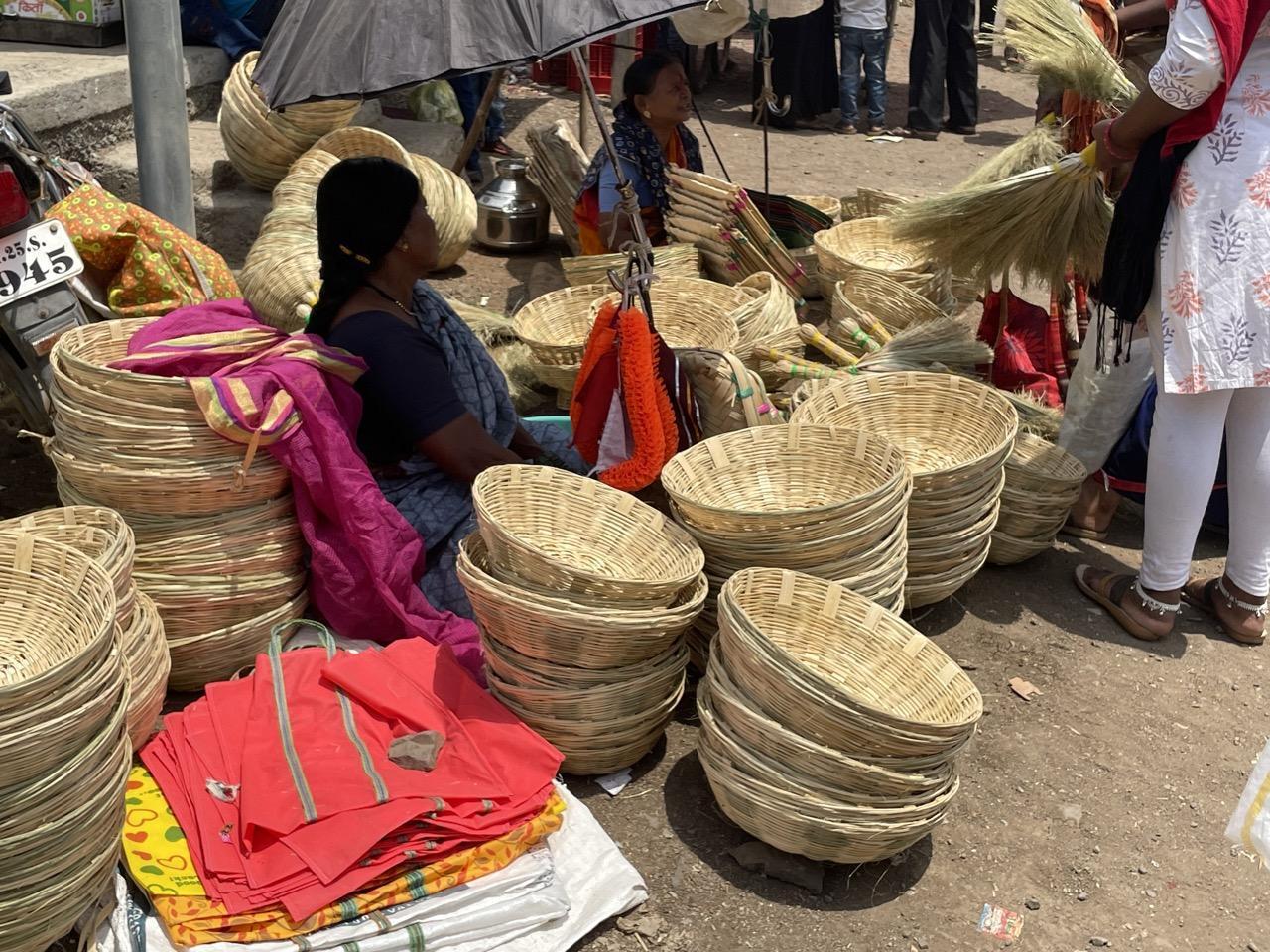
In Dharashiv, bamboo items are commonly available in markets and at independent craft shops. The range of products includes baskets, toothpicks, ice-cream sticks, sieves, ladders, containers for storing chapatis, and implements such as karate sticks. These items are typically designed for everyday domestic use.
The process of making bamboo crafts is intricate and involves techniques that have been passed down through generations. Artisans carefully shape and weave bamboo into various products using methods that require skill and precision.
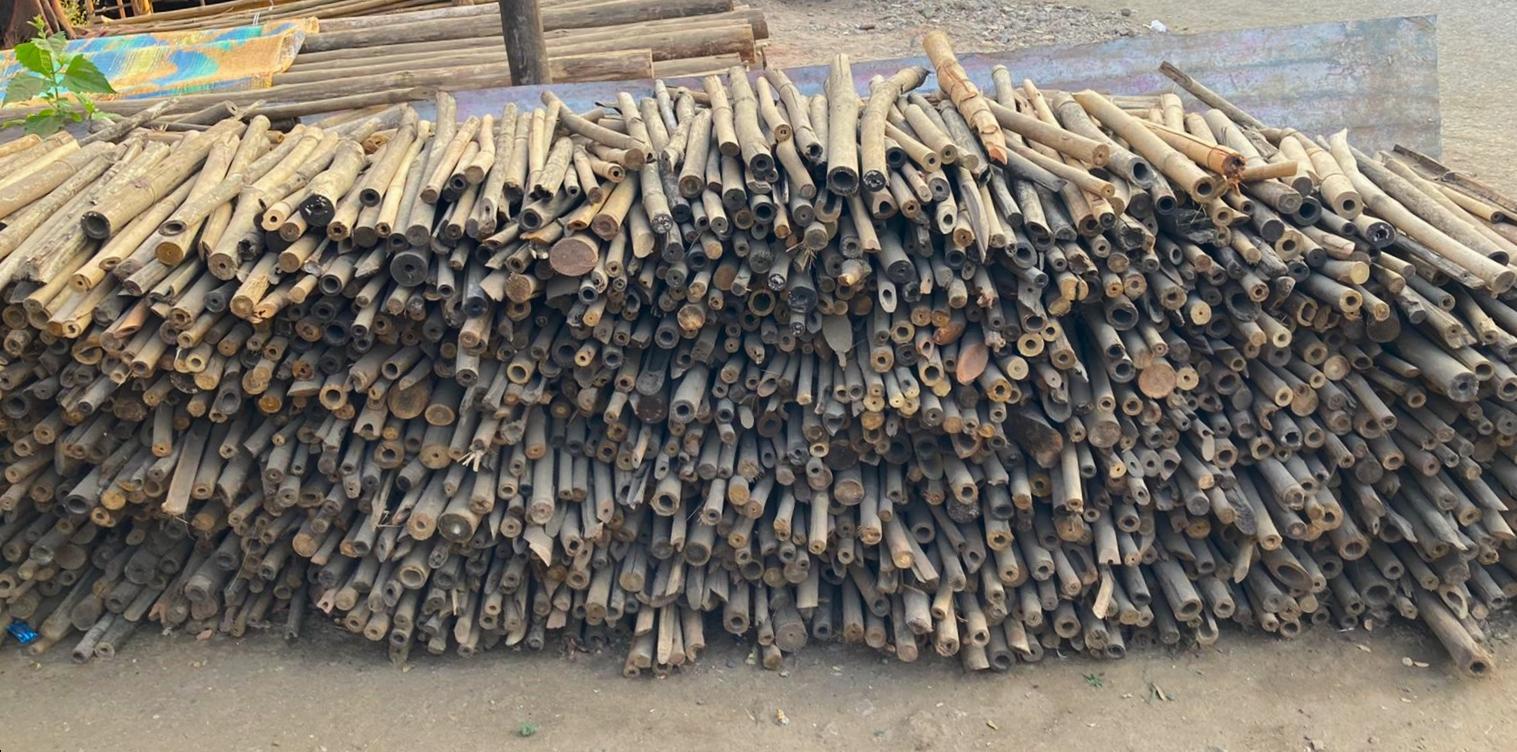
In recent years, these craftsmen have begun incorporating colorful plastic wire-threads into their bamboo designs, adding a modern twist to their traditional crafts. The procurement process for these materials is extensive, as they import bamboo from Hyderabad and Ratnagiri, along with bass from Bengaluru.
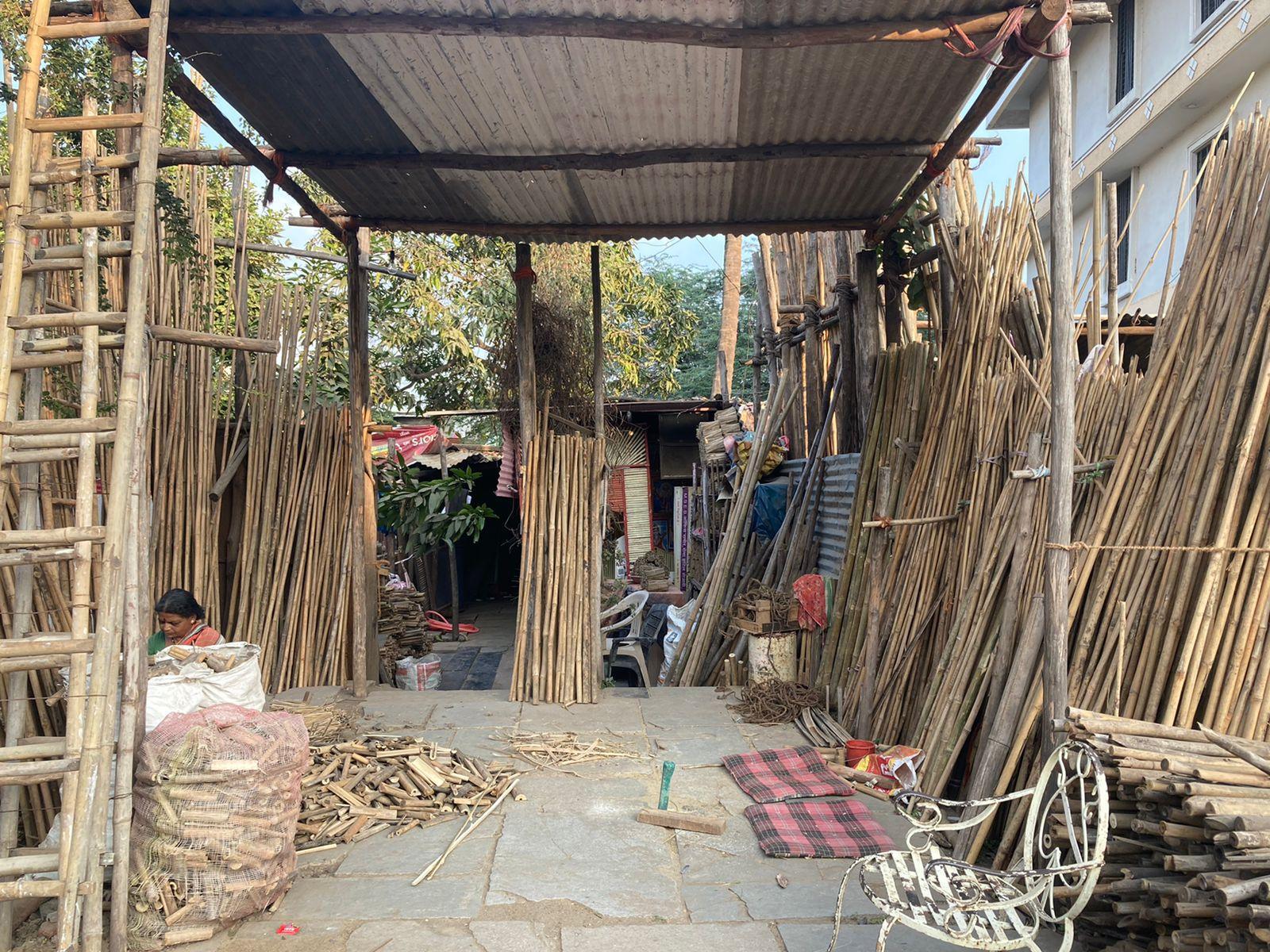
Pottery
Pottery in Dharashiv is primarily practiced by the Kumbhar community, who create handcrafted clay pots using traditional methods. The artisans collect red soil from the village outskirts approximately every 15 days and shape the pots by hand, typically without the use of pottery wheels or specialized tools.
The Kumbhar community has historically resided in a small lane behind Roma Palace in the district, where they continue their craft tradition. The process involves women molding the clay into pots while men sell the pots in bazaars.
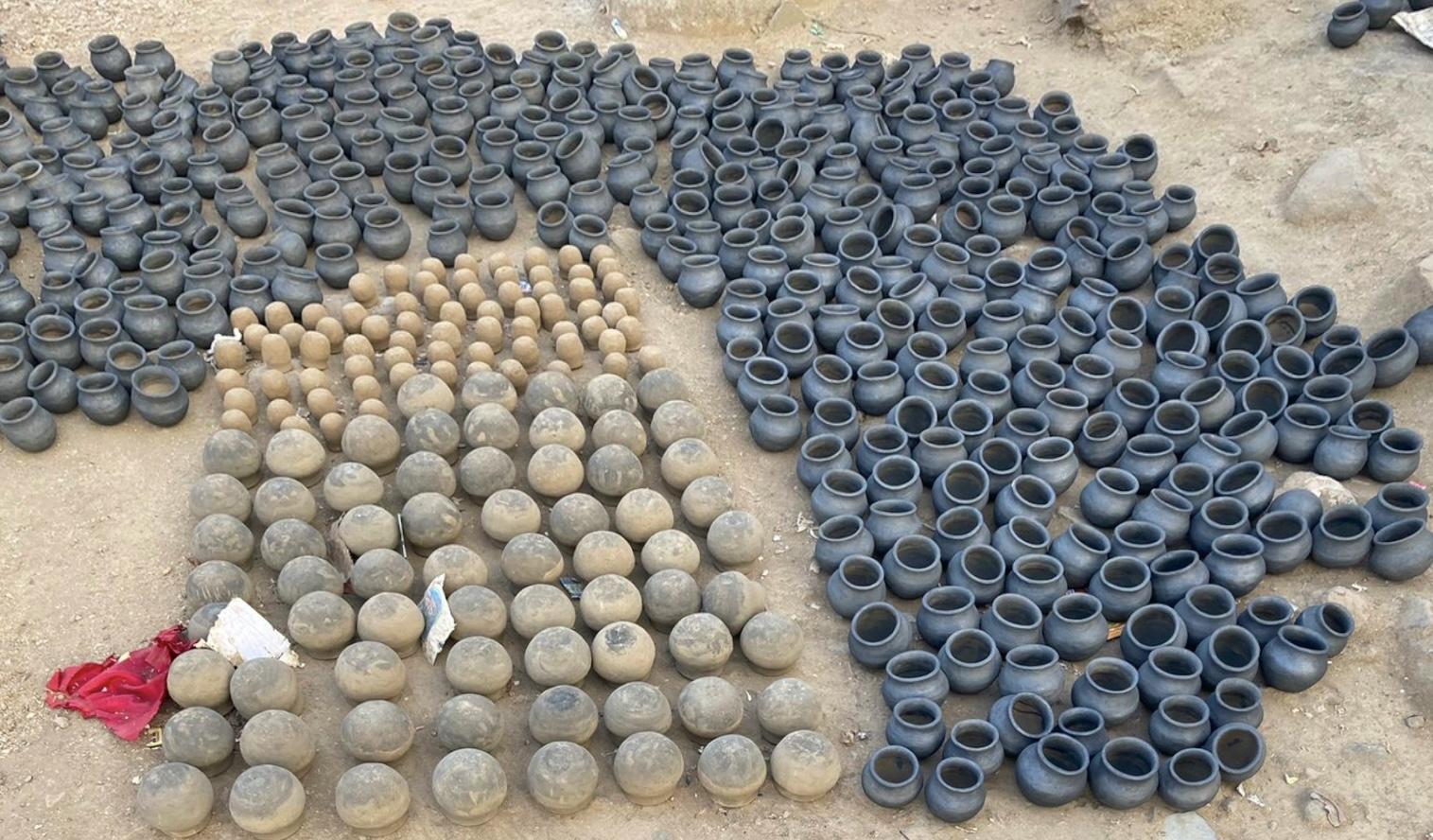
Each pot, crafted from approximately half a kilogram of red soil, sells for ₹20. While occasionally used for water storage, these pots serve primarily religious and ceremonial purposes rather than everyday cooking or long-term storage due to their heat sensitivity. During Makar Sankranti, Kumbhar families set up stalls offering decorated pots filled with nuts and adorned with turmeric and amcha. The community also creates murtis of Bhagwaan Ganesh for Ganeshotsav and of Devi Lakshmi during Diwali.
Murti Making
Ganesh murti making is a practiced craft in Dharashiv, where artisans produce idols from materials such as Plaster of Paris and gypsum plaster. These materials are sourced from Bikaner, Rajasthan, and transported by the artisans for use in local workshops.

In many parts of Dharashiv, the craft has been taken up by members of the Lohar community, who traditionally worked with iron to create agricultural tools. As demand for traditional implements declined with the rise of mechanized farming, many Lohars began to focus on murti-making. Initially, artisans trained in factories outside the region, particularly in Rajasthan, before establishing their own workshops in Dharashiv.
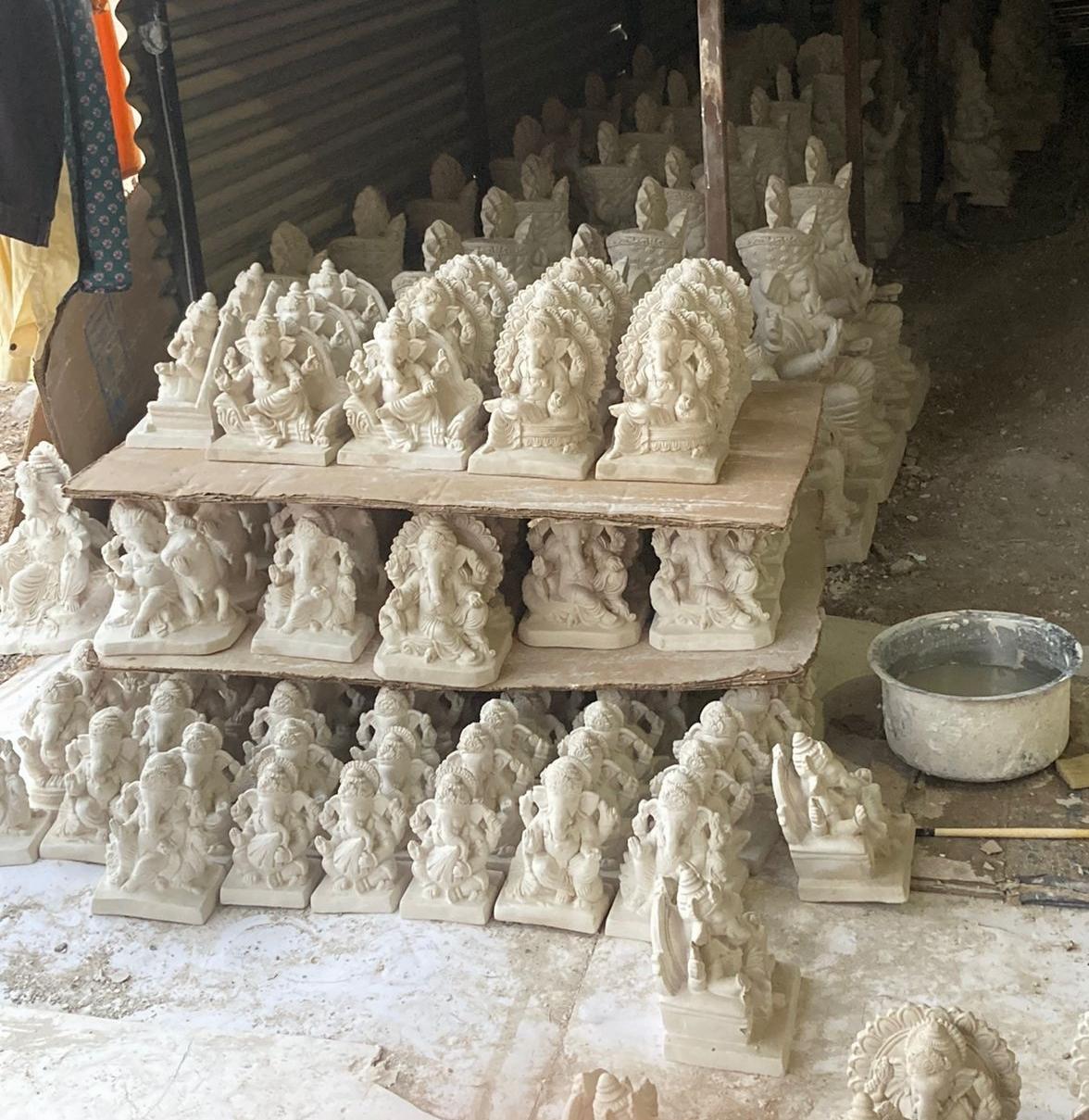
Murti making is a year-round activity in Dharashiv, carried out by approximately twenty households. The artisans in the district supply murtis not only to nearby households but also to regions such as Karnataka, Andhra Pradesh, and other parts of Maharashtra.
Zhaap Basket Making
Zhaap basket making is a traditional craft practiced in the town of Paranda in Dharashiv. The baskets are woven from straw obtained from aquatic plants growing in nearby lakes. They are traditionally used for keeping chickens and serve both practical and cultural functions.

The craft is carried out by artisans from the Kaikadi community, with around 10 to 12 individuals actively producing zhaap baskets for local markets such as Paranda and Athawadi Bazaar.
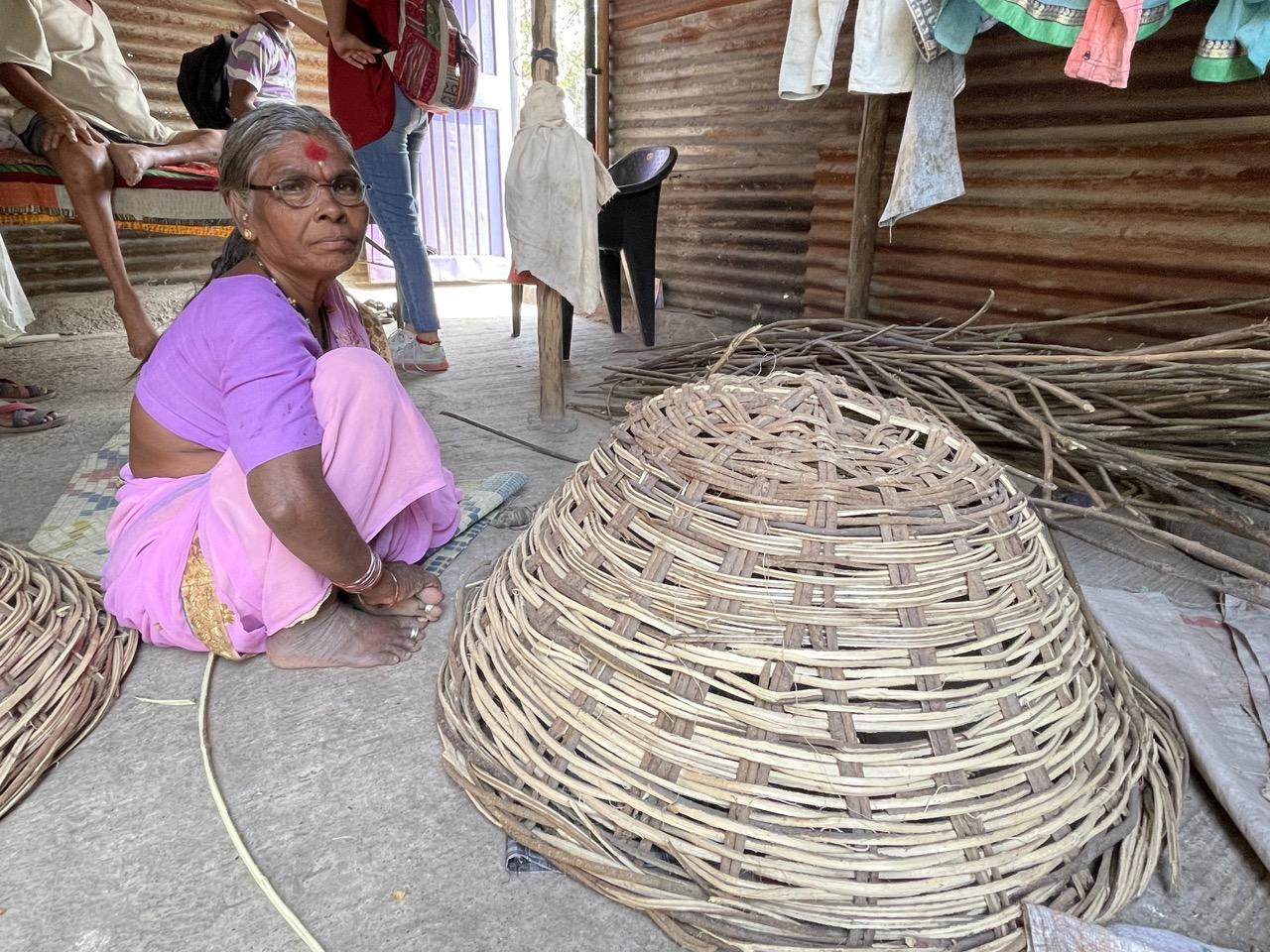
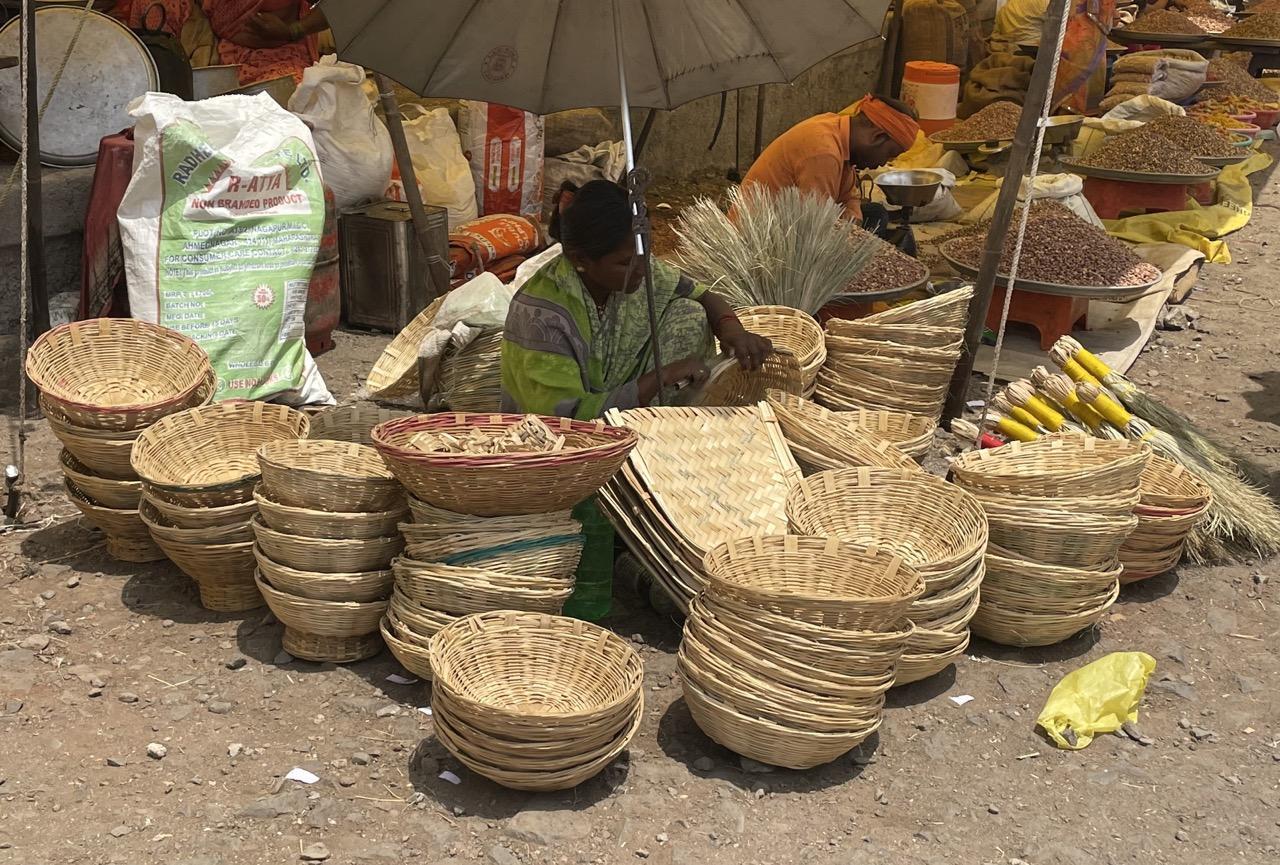
Ghongadi
Ghongadi is a woollen blanket made from sheep wool and produced primarily by the Dhangar community. The blanket is treated with tamarind paste and natural dyes to increase its durability and is valued for its warmth and utility. Ghongadis are also used for therapeutic purposes, including relief from back pain, spondylosis, arthritis, and circulation-related issues. They are typically priced between ₹1,200 and ₹1,500.
Creative Spaces of the District
Ramalingappa Lamture Museum
The Ramalingappa Lamture Museum is located in Ter village. It houses nearly 25,000 artifacts, with around 1,100 currently on display. Many were uncovered during excavations, which interestingly revealed Ter to be a prominent ancient trade center connected to regions as far as Rome.
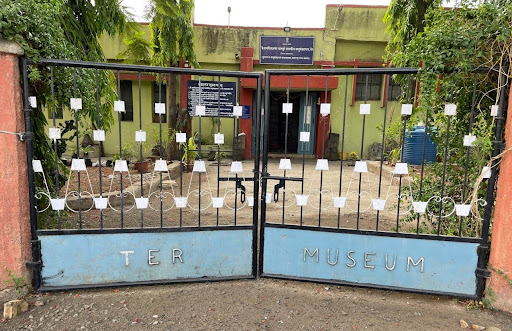
Among the notable items in the collection are shell bangles, ivory eyebrow pencils used for applying kajal, decorated pottery, terracotta bowls, and figurines of Lajjagauri (Mother Devi). The museum also displays remnants of ancient structures, including stupas, chaityas, and dwellings, along with fragments of amphoras that may have contained imported Roman wine. Together, these artifacts, in many ways, offer a simple glimpse into the craftsmanship of the past.
Instruments
Tuntune
The tuntune is a unique one-stringed instrument characterized by its hollow cylindrical wooden vessel. A bamboo stick is affixed to its outer side, while the bottom of the vessel is covered with skin (chamdi).
![Tuntune[1]](/media/culture/images/maharashtra/dharashiv/artforms/tuntune1-5f1af27d.png)
The metal string is tied to a small piece of stick that passes through the center of the skin. This instrument is often used in Powada, a traditional form of Marathi ballad, adding a distinct sound to the performances.
Sambal
The sambal is a folk membranophone instrument native to western India, consisting of two wooden drums joined at the side, with leather heads stretched over their upper mouths. One drum produces a higher pitch than the other. Played with two wooden sticks, one with a circular tip, the sambal serves as the traditional drum of the Gondhali people. It is often used in rituals dedicated to Devi and plays a vital role in gondhal performances.
Jhanjh
The jhanjh, also known as “manjira” or “taal,” is a rhythmic instrument made from brass or bronze. As part of the metal clappers family, it is a simple yet effective side rhythm instrument commonly used to accompany bhajans. The jhanjh holds cultural significance in numerous religious ceremonies across India. It has ancient roots, with images of the instrument discovered in temples from early times.
Typically, the jhanjh consists of a pair of large discs with a graduated central depression, measuring around 8 to 10 inches in diameter, and sometimes even 1 foot. Each disc features a string in the center for the fingers to rest upon. When played, the jhanjh is held firmly by the fingers and struck from the front, producing a vibrant sound that complements folk and religious music alike.
Sources
Dhaval Kulkarni. 2019. Maharashtra: Ter, a Village with Deep-Rooted History of Secularism. DNA India. https://www.dnaindia.com/mumbai/report-mahar…
Last updated on 3 November 2025. Help us improve the information on this page by clicking on suggest edits or writing to us.